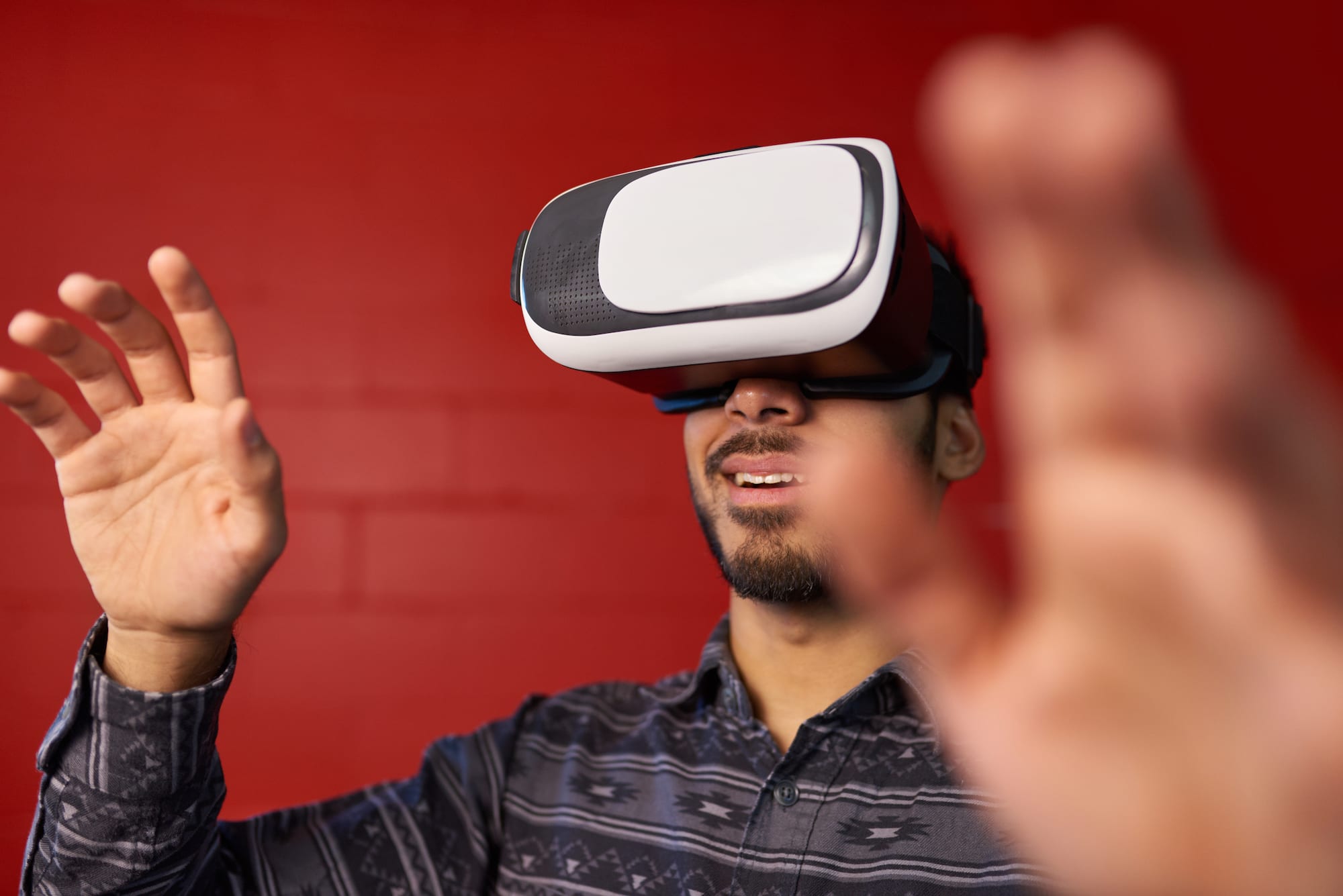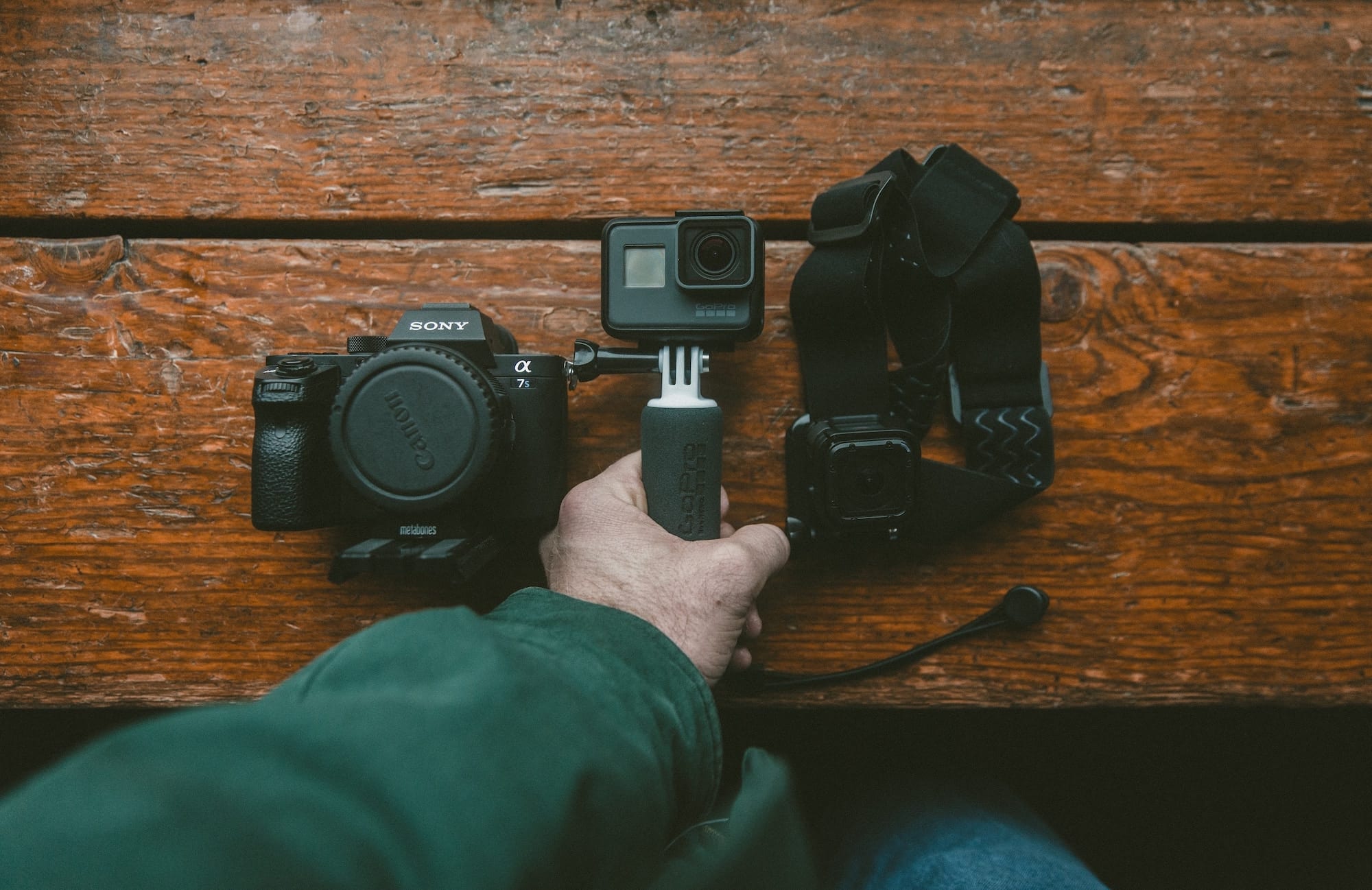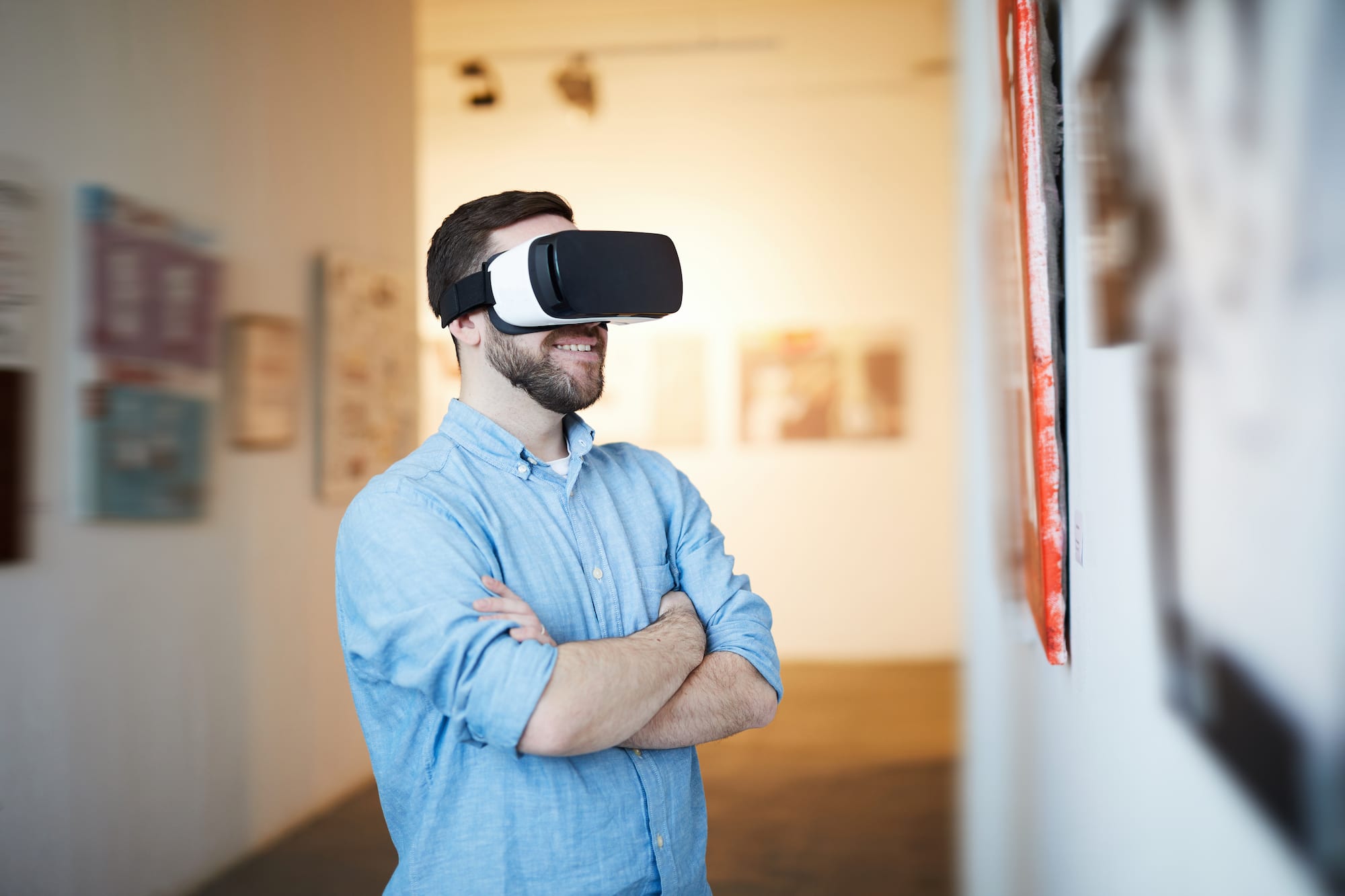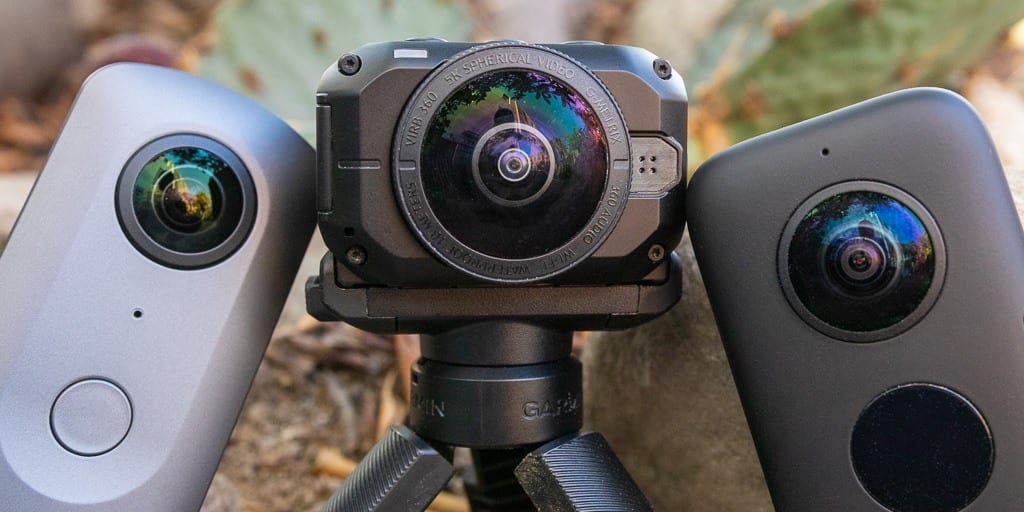< Back to all posts
How to Shoot VR Video: 6 Tips for 360 Degree Cameras
The VR conversation picked up so much speed in recent years, and knowing how to shoot VR video is becoming something that requires media managers’ attention. With more companies producing more versions of the same technology, virtual reality is more accessible than it’s ever been. And it’s likely to keep growing.
But with more access to VR comes a greater need for virtual reality compatible footage. Knowing how to shoot VR video can be challenging. Check out these 6 tips for navigating around a 360 degree camera to get the best VR footage!
A Quick VR Review
If you made it this far, you probably already know what VR, or virtual reality, is and how it’s impacting technology and the media we consume. But, for good measure we’ll do a quick recap on what VR actually is.
Big brands have produced VR products like the Oculus Rift, Sony Playstation VR, Google Cardboard, and Samsung Gear VR. The general setup is usually some form of goggles and headphones to block out all light and sound for whoever is using the VR equipment.

The experience is one that is completely immersive on the audio and visual side. So much so that companies are utilizing VR for situational training while the military and medical industries create real-world situations to better prepare individuals for stressful circumstances.
When implemented correctly, virtual reality can transport users to far away countries or bring to life incredible experiences. But in order to shoot video that translates to a virtual reality system, you’ll need to utilize a 360 degree camera.
What’s a 360 Degree Camera?
As the name suggests, a 360 degree (sometimes referred to as omnidirectional) camera is a camera that has a field of view that covers approximately the entire sphere or at least a full circle in the horizontal plane.
Since the captured footage covers the entire field of view, when implemented in VR programs, 360 cameras help to create the sensation of being able to turn your head to take in full scenes while immersed in virtual reality.
But what are some good strategies to know when learning how to shoot VR video?
1. Get the Right Equipment
The first step in learning how to shoot VR video comes with having the right camera. It’s important to note that the most effective cameras truly capture a 360 degree field of view. Meaning that surroundings are completely captured, rather than portions of surroundings that are stitched together later.
More popular cameras from well-known brands also capture footage in file-formats that will work with simpler, more popular software. Rather than forcing users to download a specific brand software or attempt complex stitching in post-production.

You’ll need to do your own research and consider any budget needs you may have, but there are great, popular models from GoPro, Samsung, Nikon, Kodak, and more!
The right tripod will make all the difference as well- especially since these cameras capture everything. And by everything, we mean any tripod or stand as well. So, you’ll need one without any levers or arms for adjustment that would otherwise stick out into the shot.
Small, lightweight tripods that have an adjustable ball head work well. Plus, they make general carry easier since most 360 degree cameras are on the smaller end themselves.
2. Realize You’re Shooting Blind!
With the exception of more advanced, expensive 360 degree cameras, most devices don’t give you the option of seeing your footage as you’re capturing it. Usually you can get a brief preview before you start shooting, so you can better understand the field of view of your camera. But once you press record, that ends and you’re basically shooting blind.
A general rule of thumb in any production is to shoot more video than you need. But it’s especially true with 360 degree cameras. This can seem counterintuitive since 360 video files are so large. But it pays to have more to work with in post production, especially when shooting in consistent lighting and time of day become a factor.
Plus, practice always makes perfect. Since in all likelihood you’ll be blind shooting with your 360 degree camera, more time behind the lens will help you get a feel for what exactly you’re capturing when you press record.
3. No Framing, No Problem
Since a 360 degree camera is literally capturing everything in sight, it can be difficult to really do any framing for shots. With that in mind, locations will play a pivotal role in the outcome of your footage. Realize that wherever you choose to set up, everything you can see more than likely the camera will also see.
And be mindful of other subjects. Are there people in the area you’re filming? Are you planning to be in the shot? If not, you may need to find a place to hide while recording since you can’t exactly stand behind the lens and press record with a 360 degree camera.
Nothing breaks the VR immersion faster than catching the production crew in the shot! Plan your shoot locations accordingly and look for that bush or kiosk to duck behind.

4. Let There Be Lighting!
360 cameras perform pretty poorly in low-light situations. So you’ll need to be mindful of the time of day if you’re shooting outdoors. As well as any inclement weather, as 360 degree cameras also perform poorly when wet. (Nothing like a big rain drop to ruin or distort the full field of vision!)
If you’re shooting indoors, consider turning on any available lights or letting in as much natural lighting as possible. Setting up conventional, professional production lighting will be a bit more difficult since it will most likely get caught in the shot otherwise. You’ll need to figure out what will work best for your production.
Another option might be adjusting the exposure on your camera by increasing the range of light captured. Many 360 degree cameras utilize two lenses. In this case, you can focus the sun on the stitch line (where the captured footage from the two lenses meets). Some exposure and stitching can be touched up in post-production as well, but it’s probably best not to leave it up to chance. You can always capture more footage, but once you’re editing, what you have is all you have.
5. Spice Up Your Shots
Remember how we mentioned getting more footage is important when it comes to 360 degree cameras? Well, getting more variety in your shots will be equally as important. Though it might seem like you have less control with 360 degree video, it’s not as limiting as you might think.
Shooting VR video creates fully immersive experiences. That’s a pretty big deal! Get a variety of shots to create a fully fleshed out world. First person shots, utilize drones if available, and look for any unique perspectives and angles that could work well in 360 degrees. The constant wide-angle of 360 degree cameras calls for keeping any subjects or action as close as possible, without creating the fisheye effect.
Just be cautious if you plan any motion shots. Sometimes the VR experience can make users feel nauseous by knocking off their equilibrium. Particularly when it comes to motion shots. Luckily most modern stabilizers available today should solve that problem to the point where handheld shots are perfectly viable for VR video. Just stick to as natural movements as possible.

6. Post Production Like the Pros
Many 360 degree cameras come equipped with software to help fix or stitch any inconsistencies. Consider the parallax effect that can occur with two lenses that are slightly off, creating a non-congruent place in a specific spot in your footage.
Software can soften the effect, but it won’t completely solve it. Again, always be mindful of your environment and don’t count on post production to be able to fix everything.
The rest of your editing will still be significantly different than post production with a “regular” camera. Realize that traditional cameras create flat footage, so to speak. Meanwhile, your 360 degree camera essentially creates a sphere. Placing any titles, texts, or logos can get a little more difficult since you’re placing them on a “round” surface.
There are plenty of plugins and packages you can research to add the ability to professionally place titles on 360 degree footage. No matter what they are exactly, they’ll help you distort any titles or text to match the curvature of the footage. Essentially tricking the eye and making the text “match.”
It might take some time to get used to, but that extra step will make all the difference for any VR video experience that requires subtitles, or other motion graphics added in post production.
Ready to put our tips to the test? Take the next step and had 360 degree video to your production and be ready for when VR video is in even greater demand. Need a crew to help you get the right shots? Give us a call! At Crews Control, we have over 30 years of experience in video production and can make sure your projects are on the right track. From first cut to the final edits, you’ll work with the best creative minds worldwide.







Leave a Reply